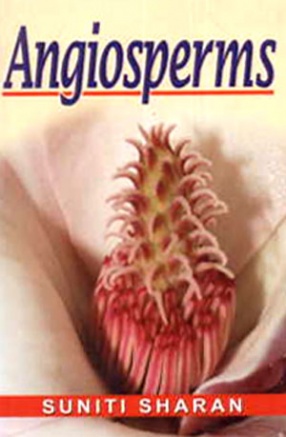
Showing all 7 books

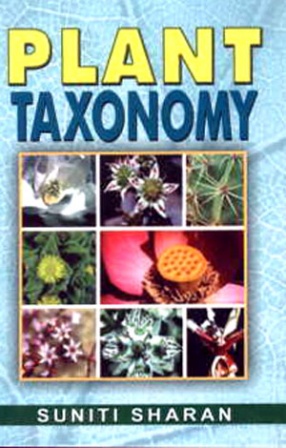
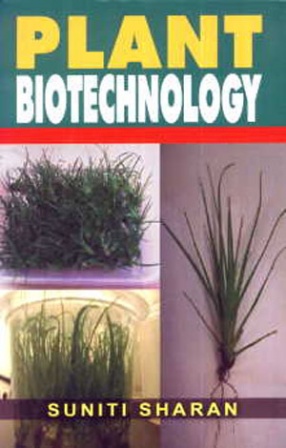
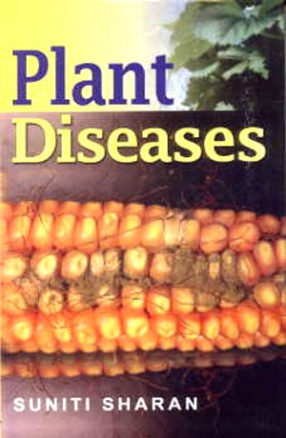
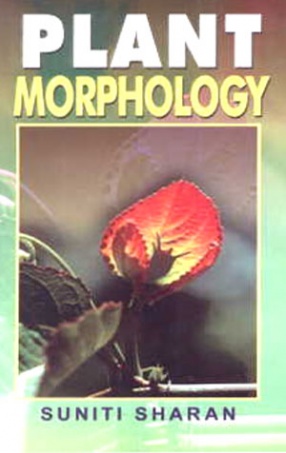



Angiosperms are flowering plants. Angiosperms are the biggest group in the plant kingdom. They have true roots, stems, leaves and flowers. They also have seeds. The seeds are formed when an egg or ovule is fertilised by pollen in the ovary. The ovary is within a flower. The flower contains the male and/or female parts of the plant. Fruits are frequently produced from these ripened ovaries.The book stresses on the definitions, methodology and concepts of taxonomy ...

Plant taxonomy is the science that finds, describes, classifies, identifies, and names plants. It thus is one of the main branches of taxonomy. It is closely allied to plant systematics, and there is no sharp boundary between the two. In practice, "Plant systematics" is involved with relationships between plants and their evolution, especially at the higher levels, whereas "plant taxonomy" deals with the actual handling of plant specimens.The ...

Plant biotechnology offers significant improvement sin virtually every area of crop production and utilisation, with potential benefits to farmers, the food industry, consumers and the environment. Farmers will benefit from crops with improved agronomic properties and capable of more efficient use of agrochemicals. More accurate selection of desired characters, such as crop quality and uniformity, will improve the marketability of farm produce.This book is aimed ...

A plant disease is an abnormal condition of a plant that impairs bodily functions, associated with specific symptoms and signs. It may be caused by external factors, such as invading organisms, or it may be caused by internal dysfunctions, such as autoimmune diseases. Organisms that cause infectious disease include fungi, oomycetes, bacteria, viruses, viroids, virus-like organisms phytoplasmas, protozoa, nematodes and parasitic plants. Not included are insects, ...

Plant morphology is the general term for the study of the morphology of plants. This is usually considered distinct from plant anatomy, which is the study of the internal structure of plants, especially at the microscopic level. Plant morphology is useful in the identification of plants.This book include all latest information on plant morphology, an understanding of which is essential to appreciating the wonders of the plant world and to the study of botany and ...


